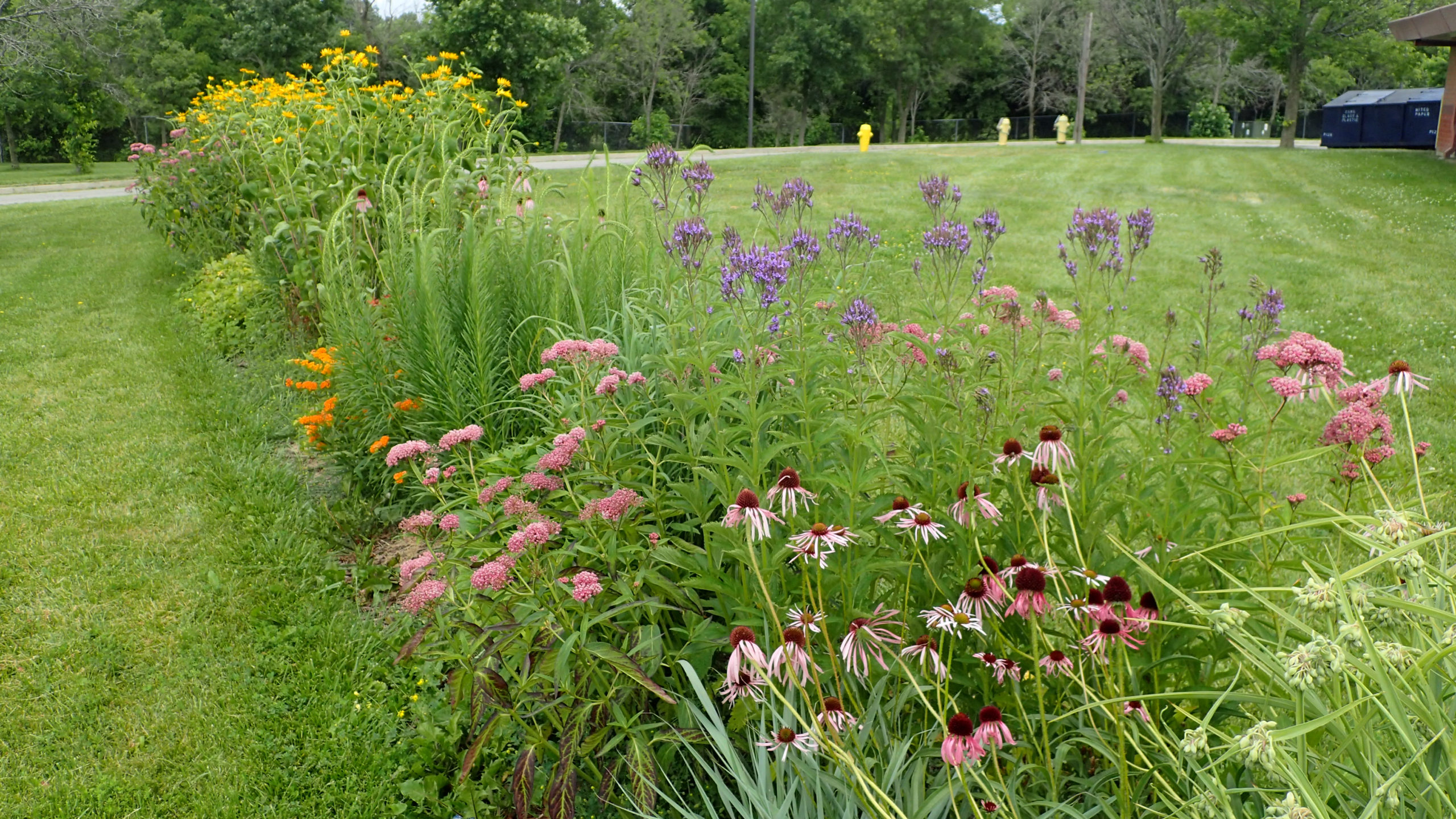Beauty is in the eye of the beholder.
A recent change in Maryland law has made this old saying true for lawns and gardens within HOAs. Section 2-125 of the Maryland Real Property Article now prohibits homeowners associations from imposing their standard of “beauty” on the lawn of an owner or resident. The law, which went into effect in October 2021, prohibits any covenant from imposing unreasonable restrictions on low-impact landscaping. In other words, your HOA can not force you to cut down or remove your native plant gardens, pollinators, xeriscaping, or rain gardens.
The Letter of the Law
The actual statute provides the following:
A restriction on use regarding land use may not impose or act to impose unreasonable limitations on low-impact landscaping, provided that the property owner:
Owns or has the right to exclusive use of the property; and maintains and regularly tends to the low-impact landscaping.
An unreasonable limitation includes a limitation that: Significantly increases the cost, significantly decreases the efficiency, or requires cultivated vegetation to consist in whole or in part of turf grass.
In other words, HOA covenants are not allowed to force people who are caring for their rain garden or native lawn to remove those features in favor of turf grass.
The Back Story
This legislation came about in large part because some believers in native planting and low-impact landscaping stood their ground. In 2019, a Maryland couple took their HOA to court, alleging that the standard being insisted upon for the lawn – basically turf grass – were not fair or proper. Their rain garden and native plants, they argued, were just as beautiful and just as appropriate as a full lawn of clipped green grass.
While their particular case ended up being resolved at mediation, it caught the attention of many people who felt strongly about this issue. Maryland Delegates Terri Hill and Jessica Feldmark took notice of the issue, and saw an opportunity to effect real change. Their bill became this new law, which protects homeowners who want to avoid using artificial fertilizers and chemicals that could end up in our rivers and streams.
The Right to be Green
Regardless of your opinion on HOAs (and yes, I know you have an opinion on HOAs), you ought to be in favor of this law. First, it gives clarity to everyone involved. Now both owners and board members are well aware of what rights they have, and what rights the other party has. This is great because it helps avoid disputes and unnecessary litigation. Second, it gives options. If you are a Scott’s four step lawn method disciple, that is still entirely acceptable. If, on the other hand, you are a native plant enthusiast, you now can practice your art and show off your version of a green thumb without concern for any alleged violations coming from the homeowners association.
What to Know
The takeaway is this: homeowners have the right to maintain their yard using native plants and rain gardens, just as they have the right to grow a flawless green grass lawn. Keep in mind that certain other covenant provisions, such as keeping the yard need and orderly, restricting the location of vegetable gardens or play structures, and more, are still valid and enforceable. Contact and use local resources, like Unity Gardens, to implement best practices on your native plant lawn. And above all, when dealing with neighbors, remember that they are part of your community and deserve your respect, even if you disagree.


